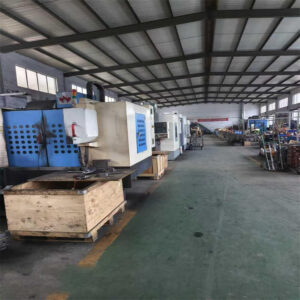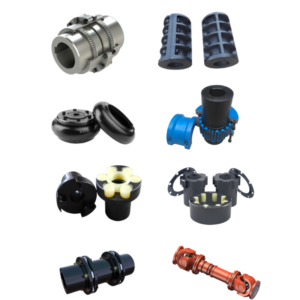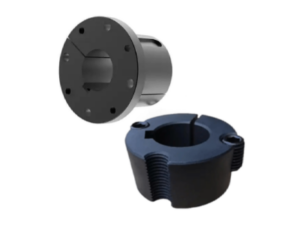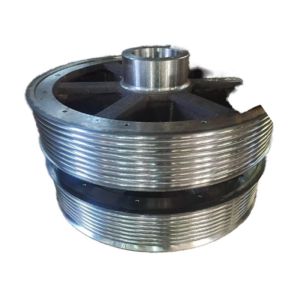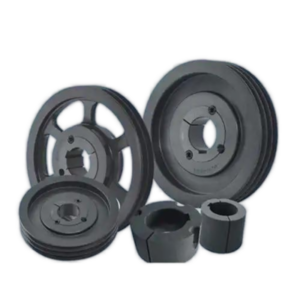In the global trade of mechanical parts, ensuring that products arrive at their destination in perfect condition is paramount. The journey from factory to end-user involves multiple handlings, varying climatic conditions, and potential shocks from sea, air, or road transport. Effective packaging is not just a cost of doing business; it is a critical investment in customer satisfaction, brand reputation, and risk mitigation. This article outlines the primary packaging methods used in the international shipping of mechanical components.
1. The Foundation: Corrugated Fiberboard Cartons
For small, non-heavy, and non-sensitive parts, standard corrugated boxes are the most common and cost-effective solution.
- Applications: Bolts, nuts, small gears, seals, standard off-the-shelf components.
- Key Considerations:
- Box Strength (ECT): Use boxes with a high Edge Crush Test (ECT) rating to withstand stacking.
- Internal Cushioning: Fill void spaces with biodegradable loose-fill, air pillows, or paper to prevent parts from moving.
- Moisture Protection: For added protection, line the box with a plastic bag or use wax-coated corrugated board.
2. The Workhorse: Wooden Crates and Cases
For heavy, high-value, or delicate machinery parts, wooden packaging provides superior strength and protection.
- Applications: Engine blocks, large pumps, machine tool components, precision assemblies.
- Types:
- Wooden Crates: An open-frame structure ideal for very heavy and robust items. They are cost-effective for large parts that are not susceptible to environmental exposure.
- Plywood Cases (or Boxes): Fully enclosed structures that offer all-around protection from impact, dust, and moisture.
- Critical International Compliance (ISPM 15): All wood packaging materials used in international trade must be compliant with ISPM 15 regulations. This requires the wood to be heat-treated or fumigated and marked with the official IPPC stamp to prevent the spread of pests and diseases.
3. The Heavy-Duty Solution: Pallets and Palletization
Pallets are the universal base for unitizing cargo, making it efficient for forklifts and pallet jacks to handle multiple boxes or heavy items.
- Applications: Shipping multiple cartons together, heavy single items that are not crate-worthy.
- Methods:
- Stacking and Securing: Boxes are stacked on the pallet in a stable, interlocking pattern.
- Stretch Wrapping: Multiple layers of plastic stretch wrap are applied to secure the boxes to the pallet.
- Shrink Wrapping: A plastic film is draped over the load and heated to shrink tightly around it, providing a more robust and weather-resistant seal.
- Banding: Steel or plastic straps are used to secure the load firmly to the pallet.
4. The Protective Barrier: Surface Protection and VCI
Machined metal parts are highly susceptible to corrosion during transit, especially in the humid, salty marine environment.
- Applications: All precision-machined, ferrous metal parts (e.g., shafts, bearings, housings).
- Methods:
- VCI (Vapor Corrosion Inhibitor): VCI paper, film, or emitters release a protective vapor that forms a microscopic layer on metal surfaces, preventing rust and corrosion for up to several years. This is a clean and highly effective method.
- Anti-Corrosion Oils/Greases: Parts can be coated with a protective oil or grease, though this can be messy for the end-user to remove.
- Desiccants: Silica gel packs are placed inside packaging to absorb ambient moisture and control humidity.
5. The Custom Fit: Foam-In-Place and Custom Cut Foam
For extremely fragile, high-precision, or oddly shaped components, custom cushioning is essential.
- Applications: CNC tooling, sensitive instrumentation, hydraulic valves, aerospace components.
- Methods:
- Custom Cut Foam: Polyethylene or polyurethane foam is pre-cut to the exact shape of the part, cradling it securely and absorbing any shock. This is ideal for repeated shipments of the same item.
- Foam-In-Place (FIP): Two liquid chemicals are mixed and dispensed into the shipping box, where they expand into foam that perfectly conforms to the shape of the part. This offers excellent protection and is versatile for one-off or varied shipments.
6. The Industrial Standard: Steel or Plastic Reusable Containers
For companies with a continuous supply chain, reusable packaging offers long-term economic and environmental benefits.
- Applications: Regular shipments between a manufacturer and an OEM (Original Equipment Manufacturer).
- Types:
- Steel Cages/Racks: Extremely durable for heavy, robust parts.
- Plastic Totes and Containers: Lighter than steel, often stackable, and easy to clean.
A Strategic Packaging Workflow
A successful packaging process involves a systematic approach:
- Internal Protection: Start by protecting the part’s surface (e.g., with VCI paper or foam caps).
- Cushioning & Blocking: Secure the item within its primary container using appropriate cushioning materials to prevent movement.
- Primary Packaging: Place the item in a box, case, or crate.
- Unitization: Secure multiple boxes onto a pallet.
- Weatherproofing & Final Securing: Apply stretch/shrink wrap and banding. Clearly label the shipment.
Conclusion
Selecting the right packaging method for mechanical parts is a strategic decision that balances cost, weight, and the inherent risks of international logistics. By understanding and implementing these methods—from simple cartons to custom foam and compliant wooden crates—exporters can significantly reduce damage rates, minimize losses, and build a reputation for reliability in the competitive global marketplace. Investing in robust packaging is, ultimately, investing in the seamless delivery of your product and the satisfaction of your customer.

